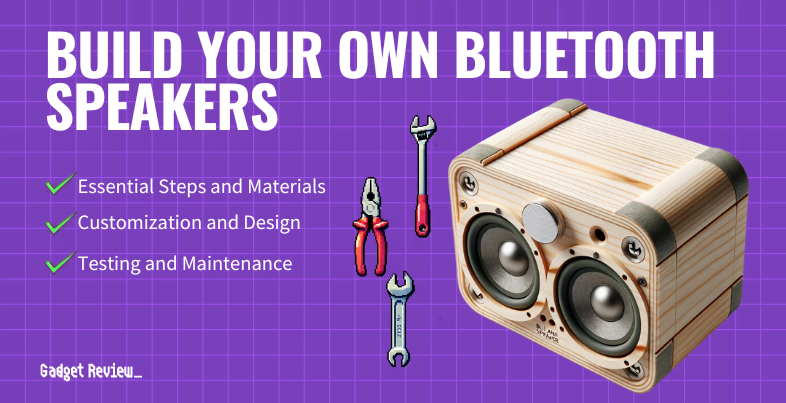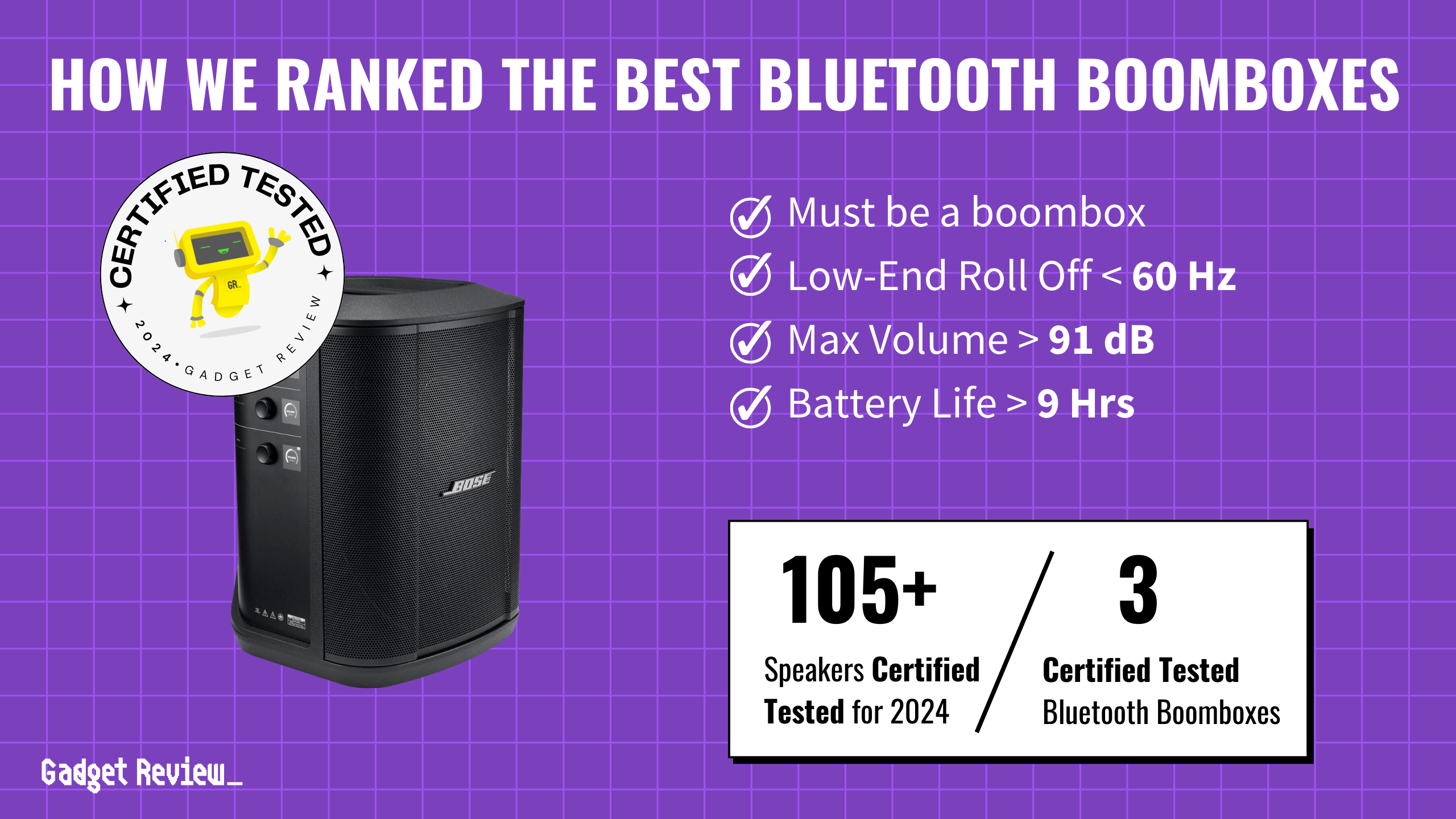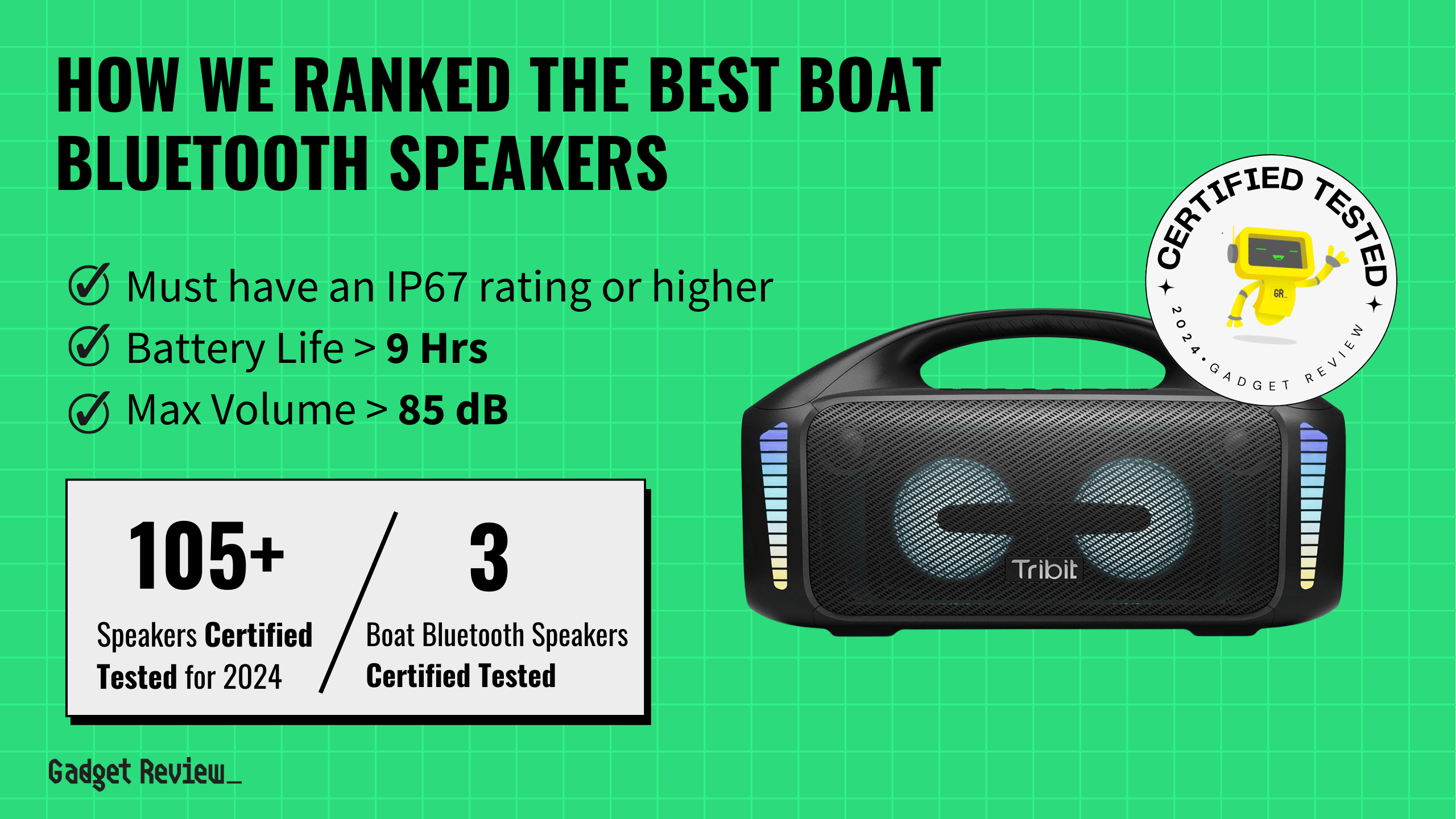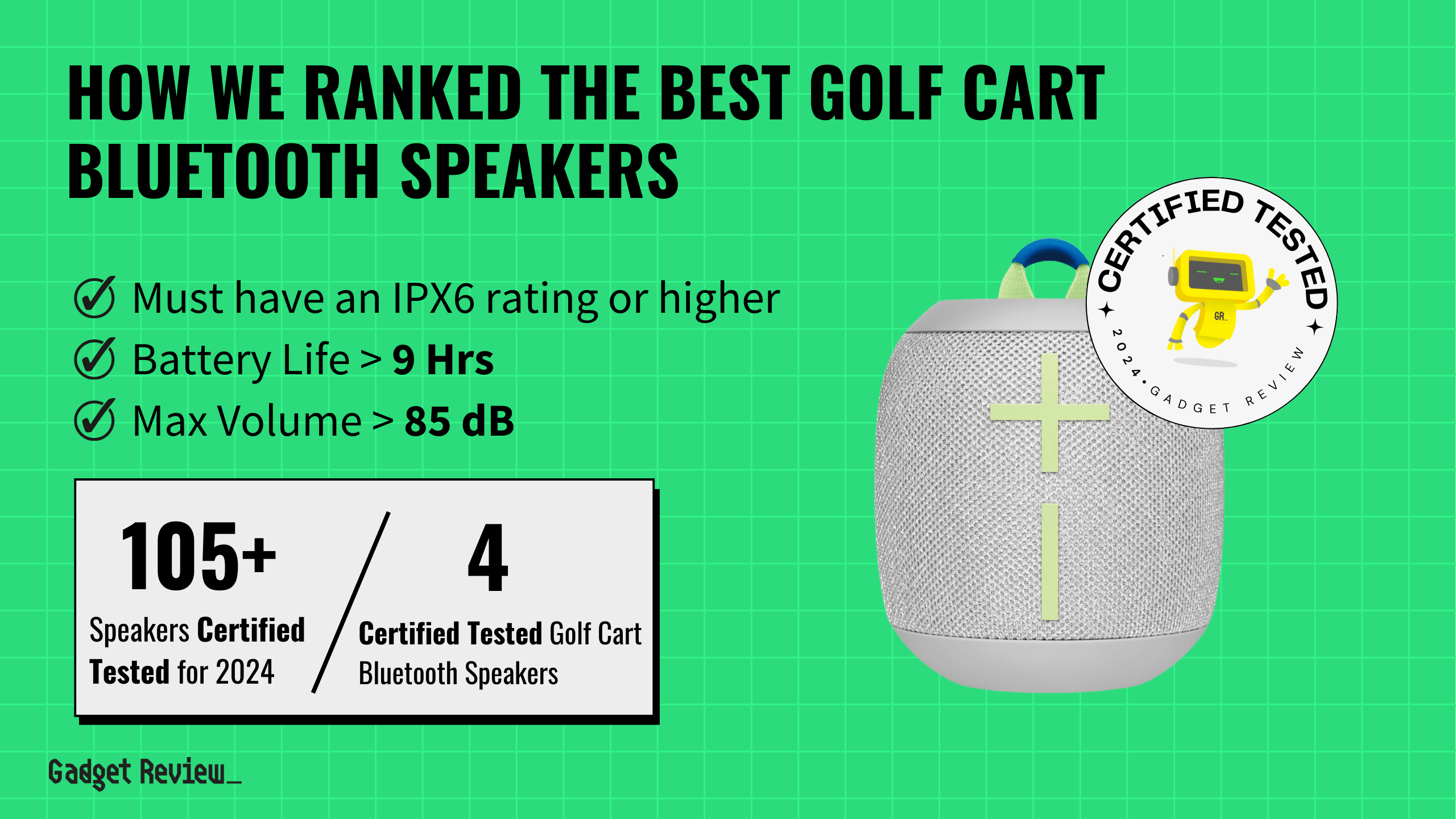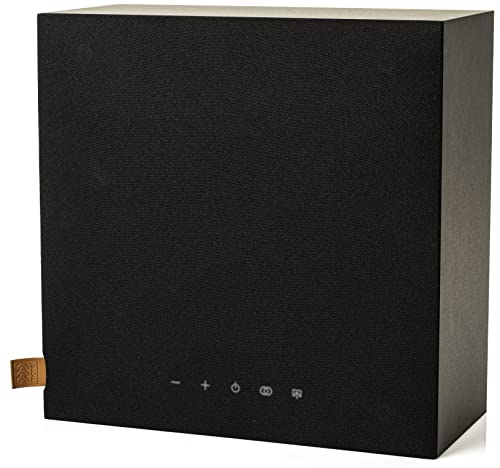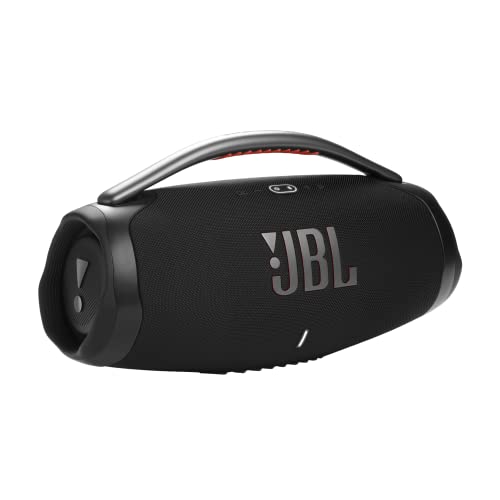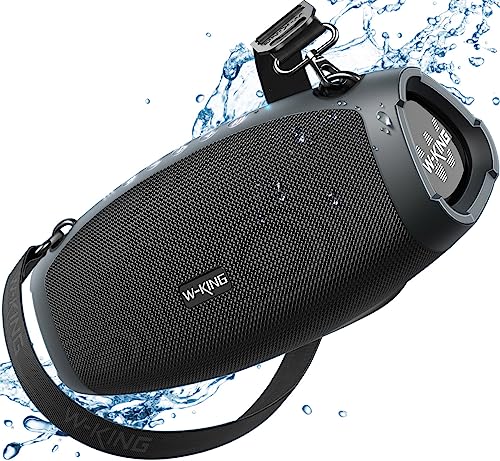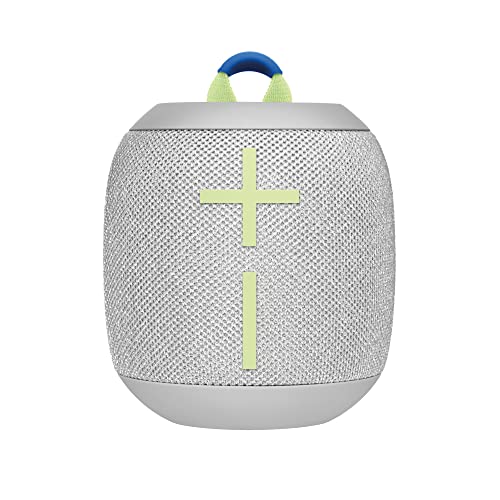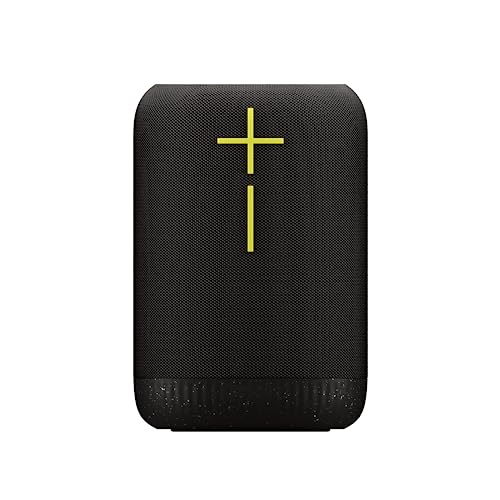The trend of building your own Bluetooth speaker has gained remarkable traction. It’s not about having a speaker; it’s about crafting an auditory experience that’s uniquely yours.
The satisfaction derived from building your own speaker with your own hands is unparalleled.
Building Your Own Bluetooth Speakers
For a walkthrough on building your speaker in two different ways, watch the video below.
Step-by-Step Guide to Building Your Bluetooth Speaker
STEP 1 Materials and Tools Needed
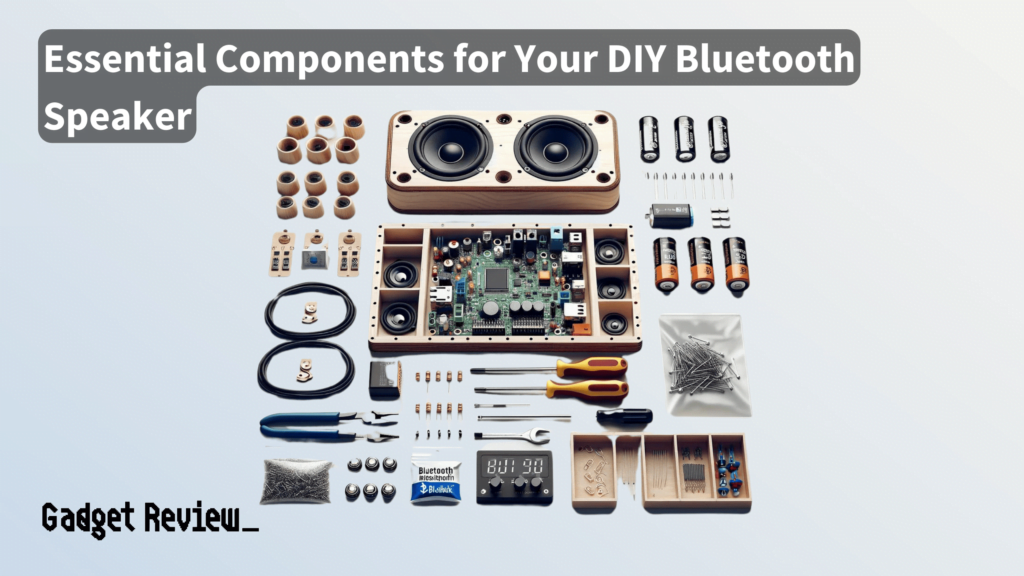
To embark on this project, you’ll need:
- Essential Components: Speakers, a Bluetooth amplifier board, a battery charging system, and rechargeable batteries.
- Optional Materials: A 3D printer and filament for custom enclosures, wood for a traditional look, and various assembly tools such as wires, screws, a screwdriver, super glue, and a soldering iron.
STEP 2 Choosing Your Material
- Wood: Classic and sturdy, great for a traditional look.
- 3D Printing: Offers endless possibilities for customization.
- Other Materials: Explore materials like plastic or metal for different aesthetics.
STEP 3 Emphasizing Creativity
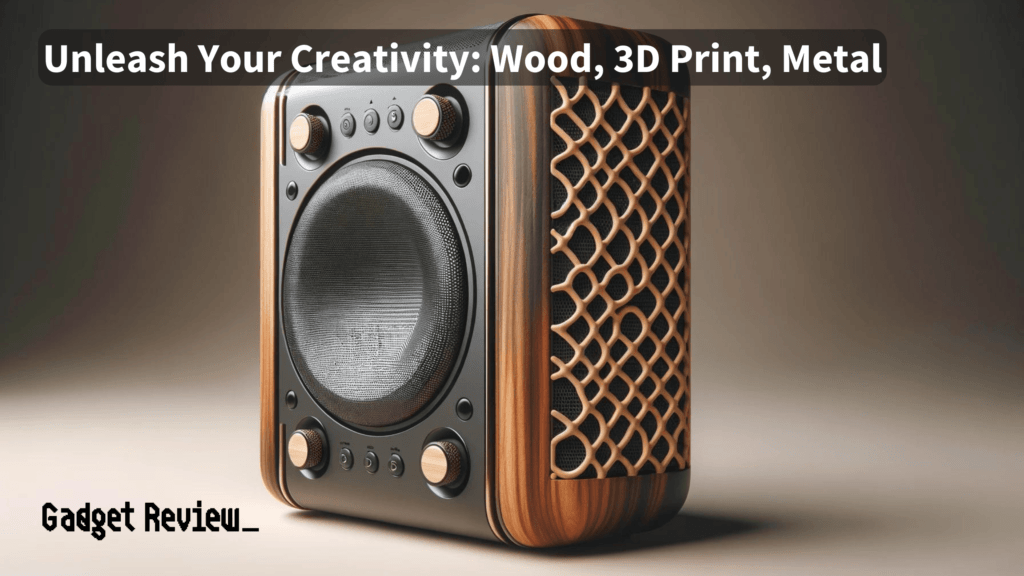
- Your design should reflect your personal style and the intended use of the speaker.
STEP 4 Preparing the Speaker Components
- Choose speakers and an amplifier that balances quality and cost.
- Remember, the quality of these components directly impacts the sound of your speaker.
STEP 5 Building the Speaker Box
- Follow detailed instructions for your chosen material.
- Focus on creating a box that’s both acoustically sound and visually appealing.
STEP 6 Wiring and Electrical Setup
- Carefully connect the speakers to the amplifier and battery system.
- Ensure all connections are secure to prevent any electrical mishaps.
STEP 7 Installing the Bluetooth Functionality
- Follow the instructions for your specific Bluetooth module.
- Test connectivity and troubleshoot any issues that arise.
STEP 8 Finishing Touches
- Paint, decals, or other decorative elements can add a personal touch.
- Double-check that all components are securely assembled.
STEP 9 Testing Your DIY Bluetooth Speaker
- Test the speaker in various environments.
- Make adjustments to improve sound quality or connectivity as needed.
Additional Tips and Tricks
- Explore online forums and communities for advanced customization ideas.
- Regular maintenance ensures longevity and optimal performance.
Crafting Your Personal Sound
Building your own Bluetooth speaker is more than a weekend project; it’s a journey into the world of sound and creativity.
This guide is your first step towards creating something that not only sounds great but also resonates with your personal style.
Embrace the process, experiment with different designs, and, most importantly, enjoy the music that comes from a speaker that’s truly yours.


